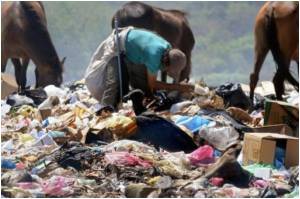A clean energy development initiative in rural Nicaragua has shown the way to reduce carbon emissions in developing nations and also assist the poor in cutting down their energy expenses.

Now, UC Berkeley graduate student Christian E. Casillas and professor Daniel M. Kammen have analysed simple steps taken by Nicaragua's Ministry of Energy and Mines and the nonprofit blueEnergy to reduce the cost of energy while reducing carbon emissions for a community of 172 households on the country's Mosquito Coast.
Casillas said the villages of Orinoco and Marshall Point are off the nation's electric grid and obtain their power from diesel generators.
This encouraged indiscriminate energy use, with lights, televisions and radios remaining on, even when not being used, said Casillas.
After the government installed meters, however, energy use dropped by 28 percent, and many people's electric bills also dropped.
The non-governmental organization blueEnergy, whose administrative office is in San Francisco, subsequently worked with the government to institute in Orinoco and Marshall Point a simple energy conservation campaign: Villagers were offered two efficient compact fluorescent light bulbs (CFL) in exchange for two incandescent bulbs.
Advertisement
"What we are saying is, if you're thinking about some of the lowest hanging fruit to lower greenhouse gas emissions, rural communities should be one of the first places you look for making small but very cheap carbon reductions," said Casillas, who is an advisor to blueEnergy.
Advertisement









